Library and Archive volunteer Julia Rand explores the life and legacy of one of the North East’s most influential bryologists
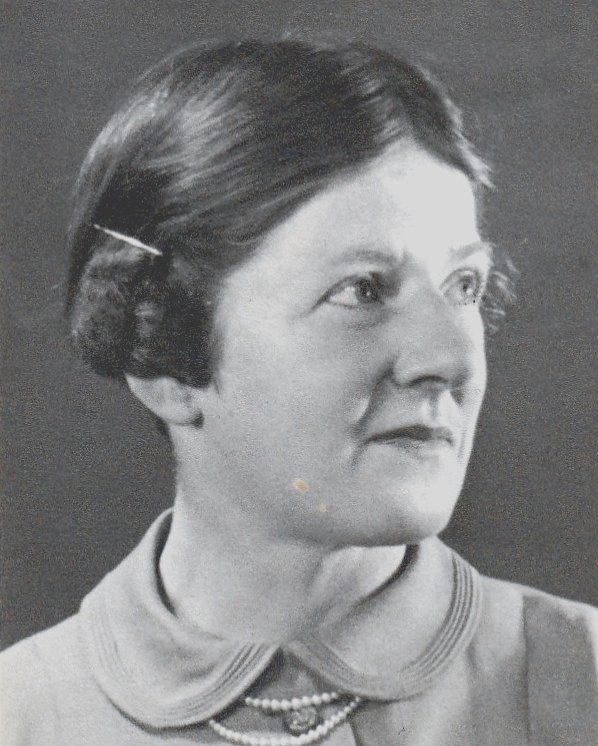
Evelyn Lobley (1902 – 1977) was a local and national expert on mosses. These small, primitive plants may be easily overlooked, but they are of subtle and wondrous beauty. Her specialty was bog mosses (Sphagnum species). There are around 34 species in the UK, which sometimes need a hand lens or microscope to identify them. They are of major importance in the North East of England.
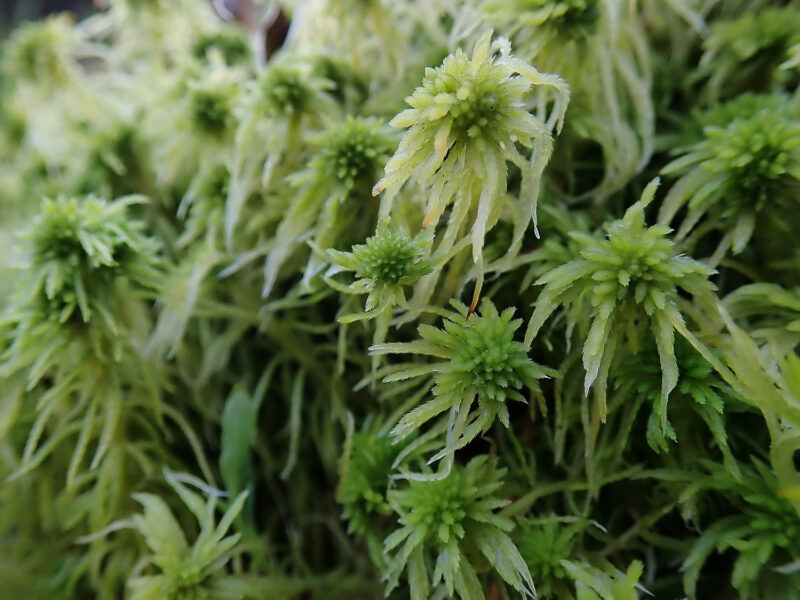
From her base at Hexham, Lobley developed her knowledge and identification skills via fieldwork and through attending meetings of the Natural History Society. In 1930 she attended her first meeting at the Natural History Society and remained a lifelong member. Despite frequent ill health, and lacking a higher education, she became a leading light at the British Bryological Society (BBS) – the national organisation for the study of mosses and liverworts. She was a member from 1933 to shortly before her death in 1977, and was the President in 1960 – 1961.
Lobley carried out extensive fieldwork in the region and farther afield in Scotland and Ireland, producing species records and scientific publications. Her generosity in sharing her knowledge and helping others was well-known, and she liaised with local and international botanists. A letter from Canada without a full address even managed to reach her.
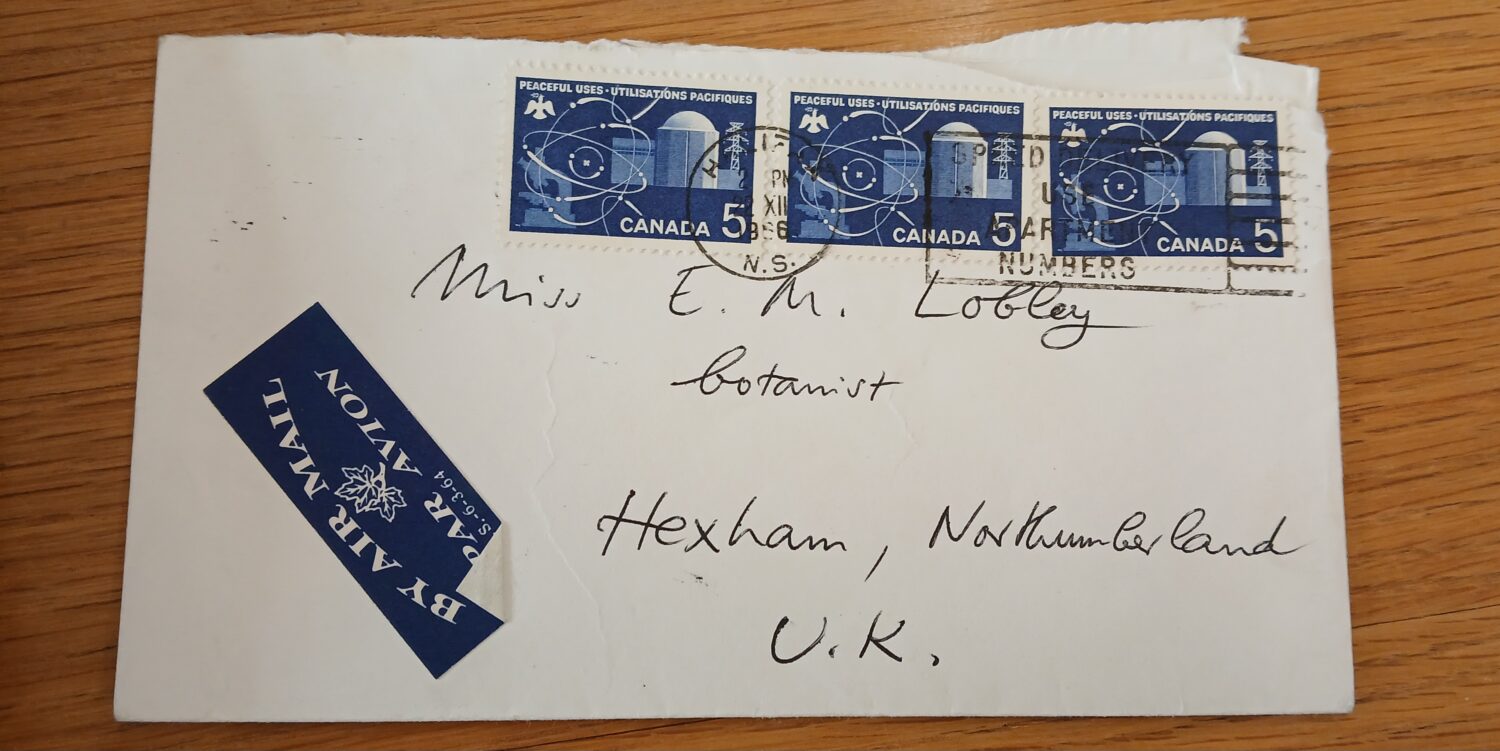
Leading scientists who consulted her about moss identification included Derek Ratcliffe, author of A Nature Conservation Review (1977), and E. F. Warburg, one of the authors of Flora of the British Isles (1952). As the BBS’s referee for bog mosses from 1951 to 1973 she confirmed species identifications. Sphagnum mosses are major peat forming plants and are termed ecosystem engineers because of this. Their leaves are only one cell thick and have beautiful sinuous rows of large empty cells which can hold water like a sponge, alternating with rows of green photosynthesising cells. The absorbent and mildly antiseptic qualities of these mosses mean that they have been gathered and used as wound dressings during wartime.
Peat bogs are rich in wildlife, form crucial carbon stores, regulate flooding and drought, provide drinking water, and contain archives of vegetation and human history. Since peatlands store more carbon than all of the world’s forests combined, they are vital in moderating climate change. In Northumberland, from the A69 to the Scottish border, there are estimated to be around 143 thousand hectares of peat bog. Threats to this important habitat include draining, burning and overgrazing.
One of the highlights of Evelyn Lobley’s work was the first discovery of the exceedingly rare Water Rock-bristle Moss (Seligeria carniolica) in the UK. She found it in Scotland in 1948, and on the Simonside Hills in 1964. This tiny moss grows on lime-rich rocks in or near streams which are shaded by trees.
On her death she left a collection of around 4,500 neatly labelled and packaged moss specimens to the Natural History Society, which are now stored at the Discovery Museum. One of these sample packets (shown below) is of the common hair moss, Polytrichum commune, together with a photo of a living plant.
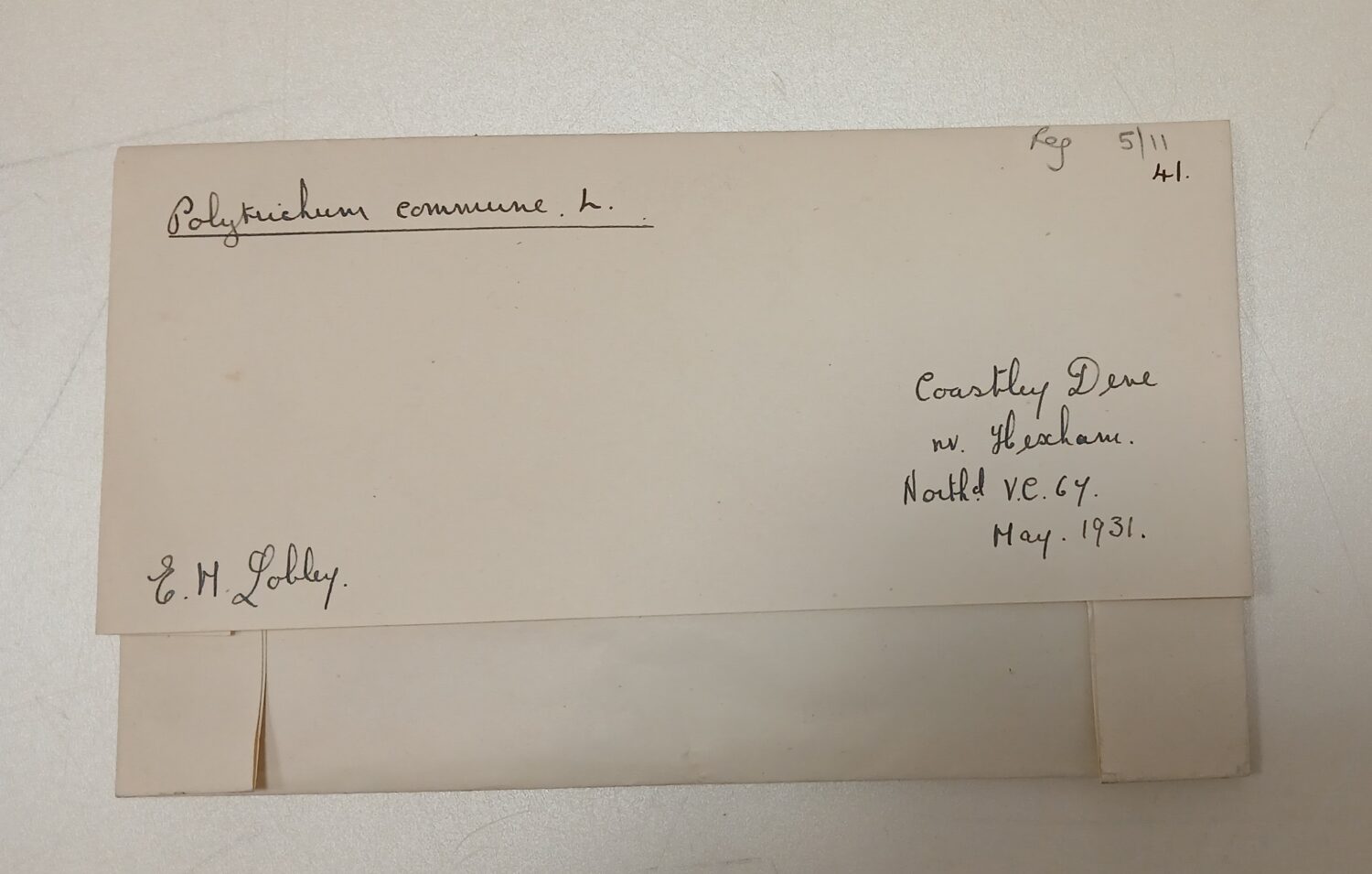
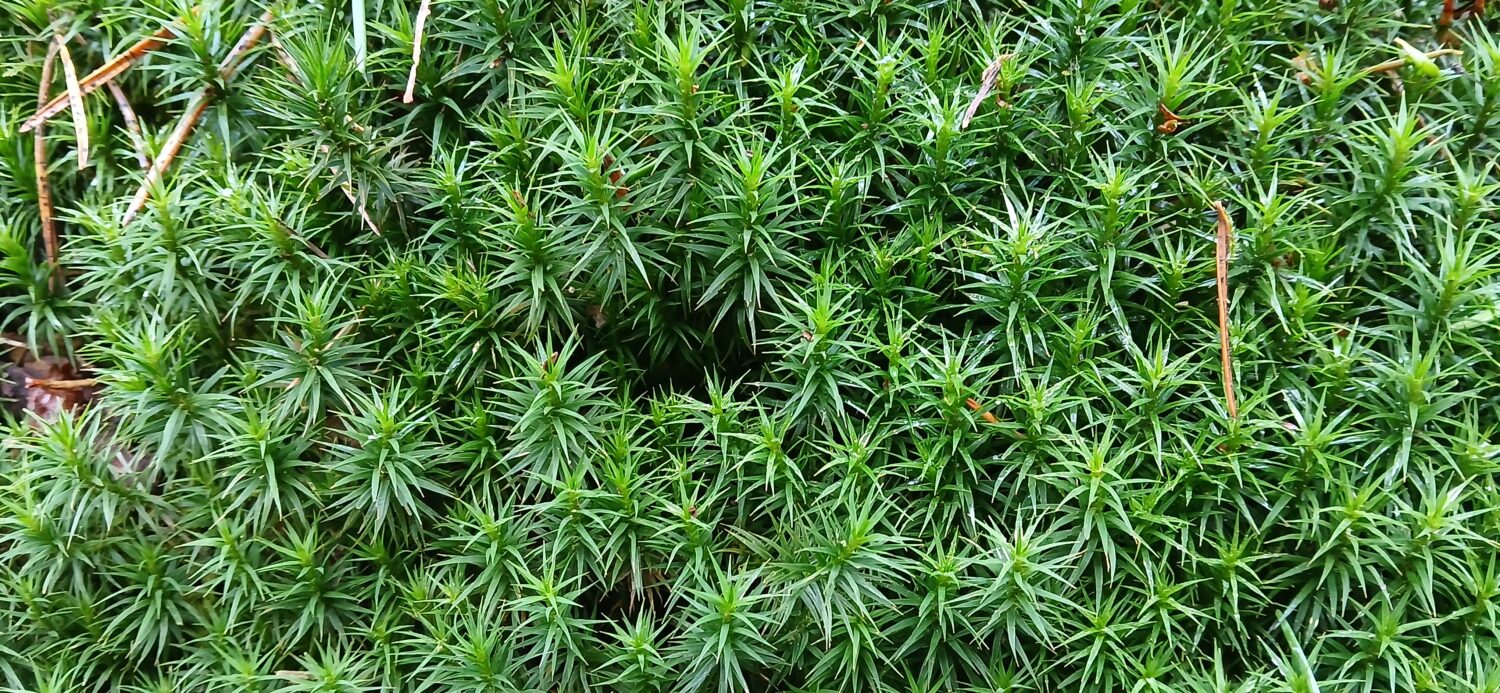
Interestingly, a find from Vindolanda showed that hair moss had been used to make the plume for a Roman helmet.
Through her thorough work on mosses, Evelyn Lobley consolidated and advanced our knowledge of the species present and their distribution in the North East. Known for her expertise, kindness and humility, she spared no pains in giving time to help others. Her detailed scientific work and close observations are echoed in the words of the botanist Robin Wall Kimmerer:
“Mosses and other small beings issue an invitation to dwell for a time at the limits of our ordinary perception. All it requires is attentiveness. Look in a certain way and a whole new world can be revealed.”
Robin Wall Kimmerer, Gathering Moss: A Natural and Cultural History of Mosses (Oregon UP, 2003)
